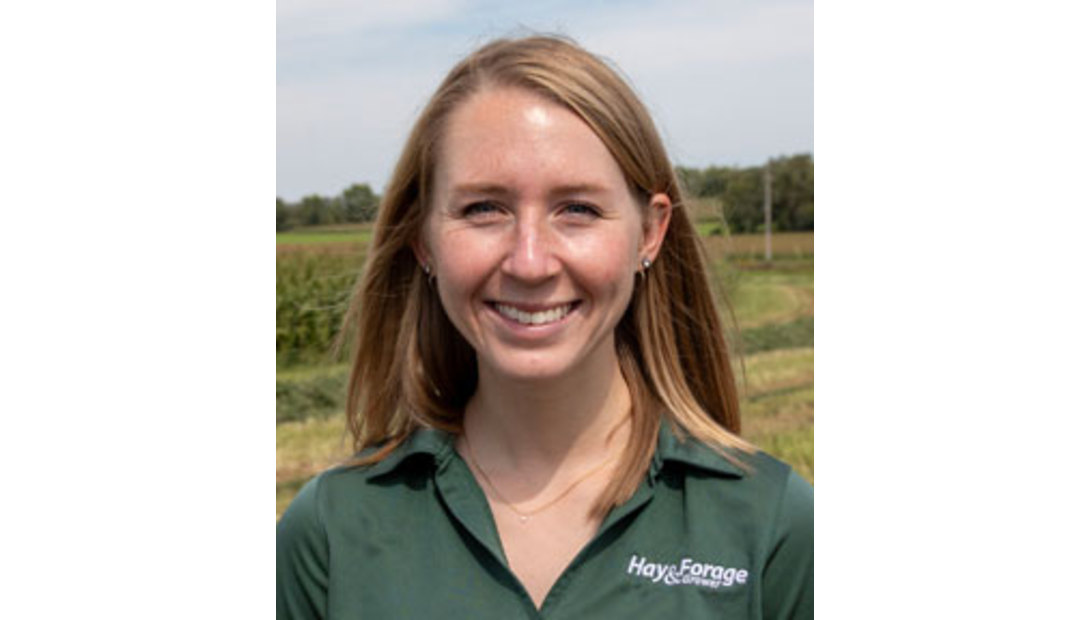
I have a confession to make.

I’m not so much a fanatic of maps themselves, but rather the notion of travel and sense of place they represent. Looking at a map of the Midwest, I could point to the exact bump on Iowa’s nose where I grew up on a beef, corn, and soybean farm along the Mississippi River. From there, I could give you directions to the city of Ames where I attended Iowa State University and graduated with degrees in agricultural communication and agronomy (take a left, a right, another left, and then drive 180 miles west on Highway 30 until you hit Exit 146).
If you zoom out some more, there is a map dot five hours northeast of Ames in Fort Atkinson, Wis., where I spent two of my college summers as the editorial intern for Hay & Forage Grower. Our publishing company, W.D. Hoard & Sons, also encompasses Hoard’s Dairyman and the Journal of Nutrient Management and is based in the heart of a city with a prominent agricultural history in the southeast corner of America’s Dairyland.
Maps took on a new meaning to me once I started crossing state lines to visit farms as an intern, and then as an associate editor. I quickly learned about different types of forage production associated with various parts of the country. Since my inaugural journalistic experience on a golf-course-turned-pasture in northwestern Ohio, I’ve seen a range of forage systems and farming businesses, including, but not limited to, irrigated alfalfa in California’s Imperial Valley, organic dairy grazing in southern Georgia, native warm-season grasses and silvopasture in the Piedmont region of Virginia, and the busy inner workings of custom harvesting crews throughout the heartland.
To say the information I’ve picked up on about forage species, hay production, pasture establishment, and harvest equipment over the past few years has been overwhelming would be an understatement. But I am always pleasantly surprised by the warm welcomes and thoughtful explanations that producers offer when they sit down to share their stories with me.
Other connections I’ve made within the forage world have been extremely helpful in my professional and personal growth, and I would be remiss not to mention the wisdom and guidance I’ve received from Mike Rankin, the previous author of this column, that has steadied me on my path of learning and instilled in me a passion for hay and forage.
Now when I look at a map of the lower 48, I don’t just see the markings of major highways, mountain ranges, and big cities. I see the friendly faces of farmers and their families that I met at a beef farm in Louisiana or on a commercial hay operation in Nevada’s Smith Valley. I think about the extension specialist in South Carolina who is conducting research on summer annual forages or the grazing savant in central Idaho with decades of ranching experience.
Transforming these experiences into magazine articles is like giving readers directions to a destination. Whether that destination is a better understanding of a particular topic, inspiration to adopt a new practice, or a just a bit of entertainment, connecting the map dots of every story is an important skill for an agricultural journalist, and it is one that I have the opportunity to strengthen as I step into the role of managing editor.
Luckily, Mike will continue working as senior editor of the magazine. After spending nearly 10 years as our managing editor and 27 years as a crops and soils agent with the University of Wisconsin Cooperative Extension Service before that, I am grateful that his forage knowledge and expert opinion will continue to enhance our publication.
With that said, I look forward to expanding my own forage knowledge — and deepening my love of maps — by traveling to and representing Hay & Forage Grower on farm visits, pasture walks, and at industry meetings across the country. In the meantime, I invite you to reach out with your own questions, comments, or opinions — expert or otherwise. Any road trip routes or travel recommendations will also be appreciated.
This article appeared in the August/September 2024 issue of Hay & Forage Grower on page 4.
Not a subscriber?Click to get the print magazine.

